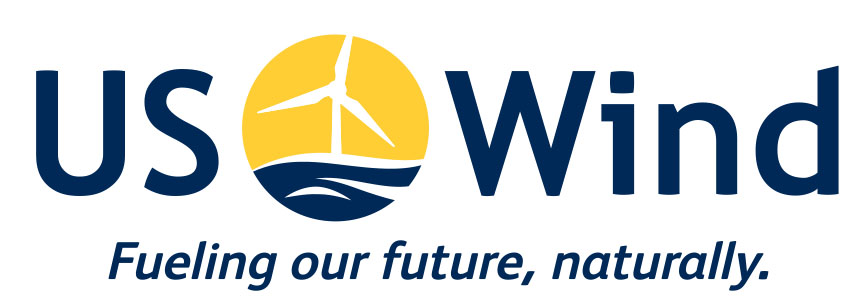Why a clean energy future is significant for U.S. territories
A bipartisan legislation called Offshore Wind for Territories Act was introduced to authorize offshore wind energy development in the exclusive economic zone adjacent to U.S. territories American Samoa, Guam, the Northern Mariana Islands, Puerto Rico, and the Virgin Islands. It was introduced in the U.S. Senate by Senators Bill Cassidy, M.D. (R-LA) and Brian Schatz (D-HI), and in U.S. House of Representatives by the Resident Commissioner of Puerto Rico, Jenniffer González-Colón (R-PR).
At present, the Outer Continental Shelf Lands Act (OCSLA) does not allow the U.S. secretary of the interior to lease areas offshore U.S. territories for renewable energy development.
The bill guarantees U.S. territories to receive a state-equivalent share of all royalty payments made to the federal government by offshore wind developers for projects in their respective Exclusive Economic Zone (EEZ). Qualifying revenues, which amount to 37.5%, will be consistent with the revenue-sharing structure established for Gulf Coast states under the Gulf of Mexico Energy Security Act (GOMESA), and thus giving the territories similar opportunities as the mainland U.S. in environmental development.
In addition, this will direct 12.5% of the revenues—at no extra cost to American taxpayers—to fund the National Oceanic and Atmospheric Administration’s Coral Reef Conservation Program for coral reef conservation in U.S. territories and elsewhere.
